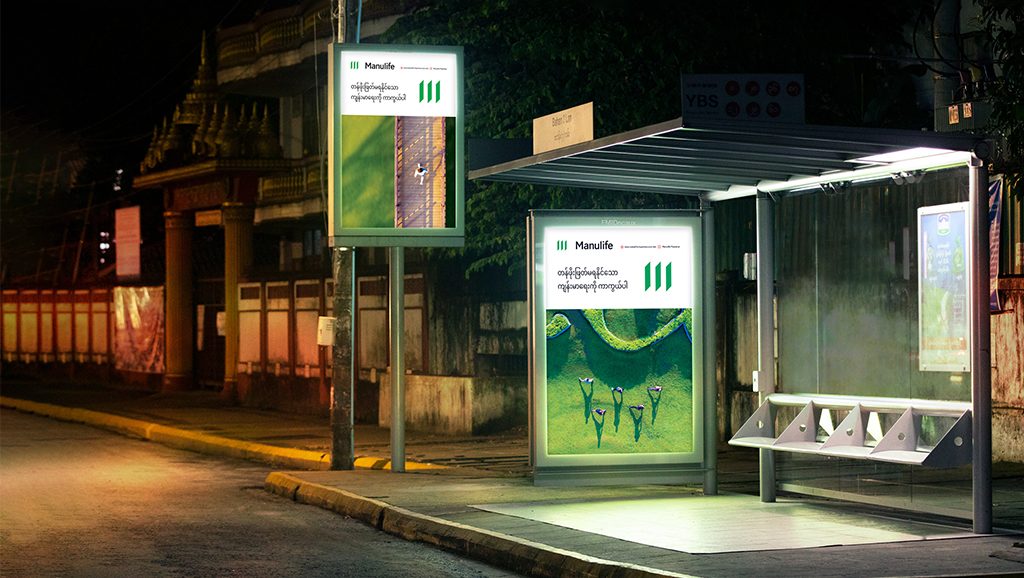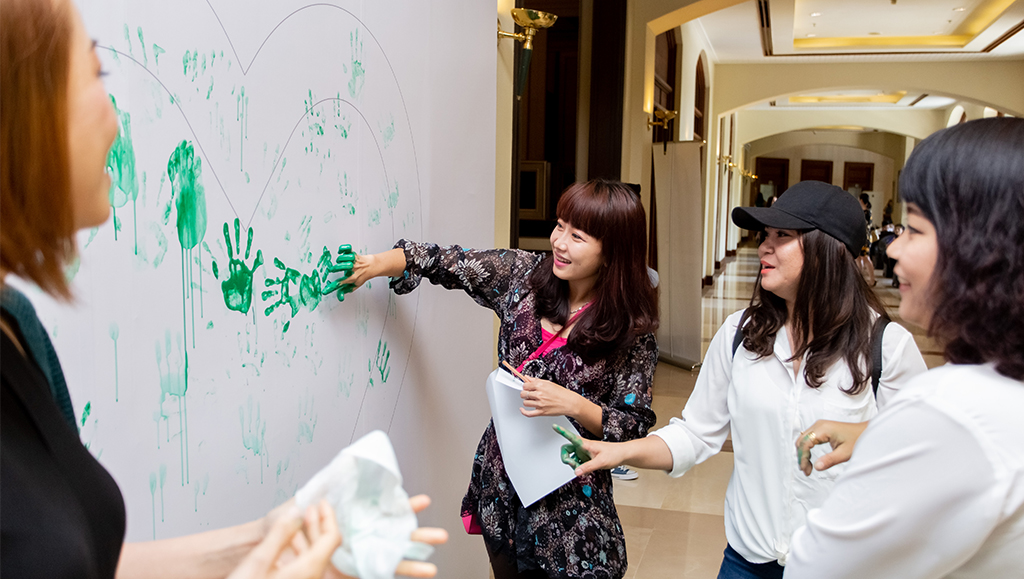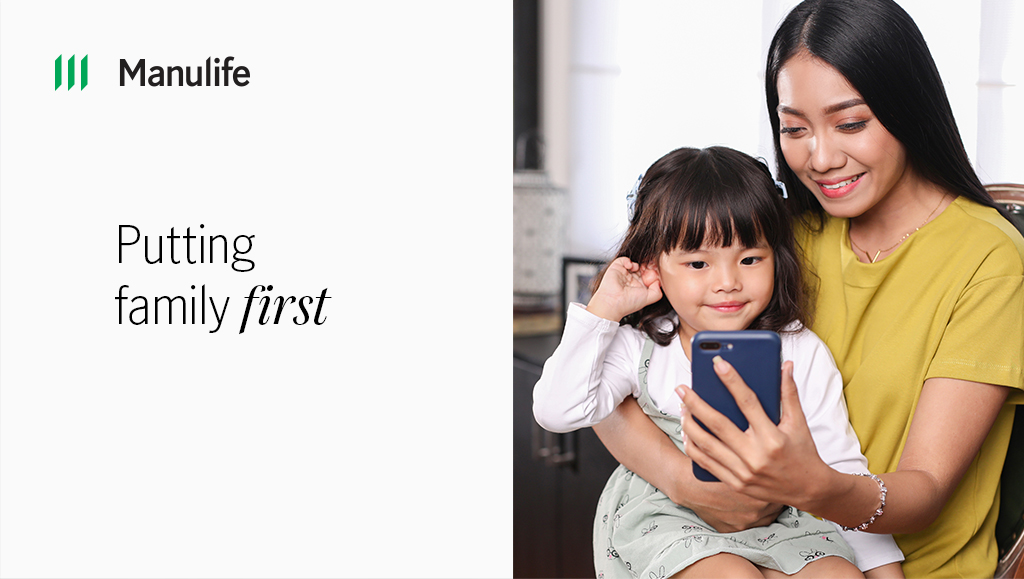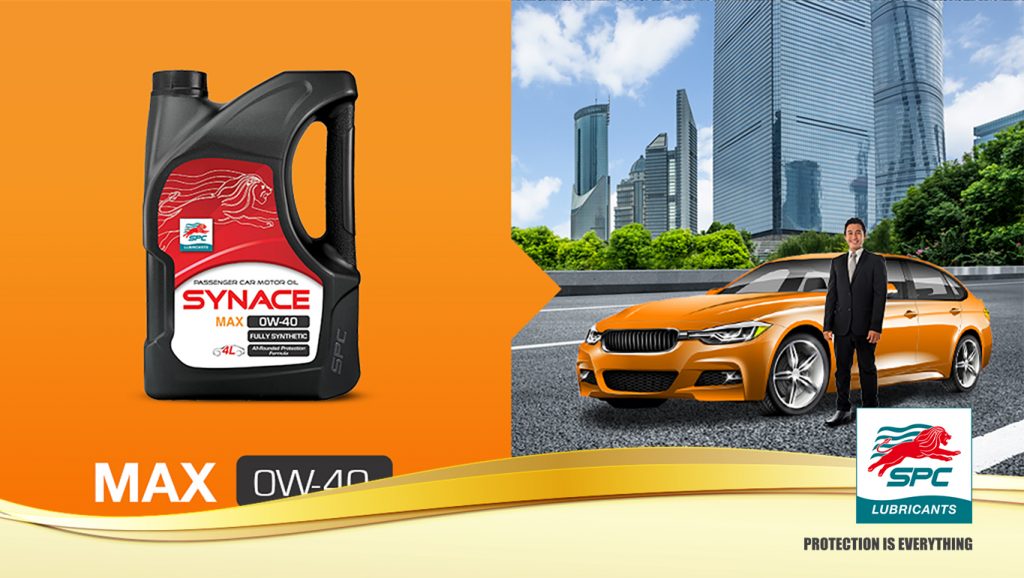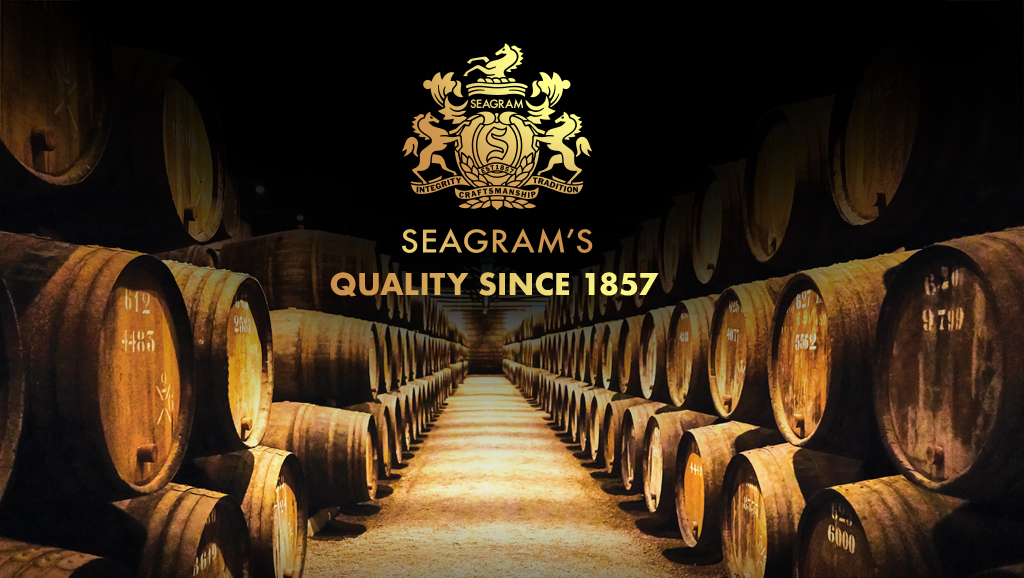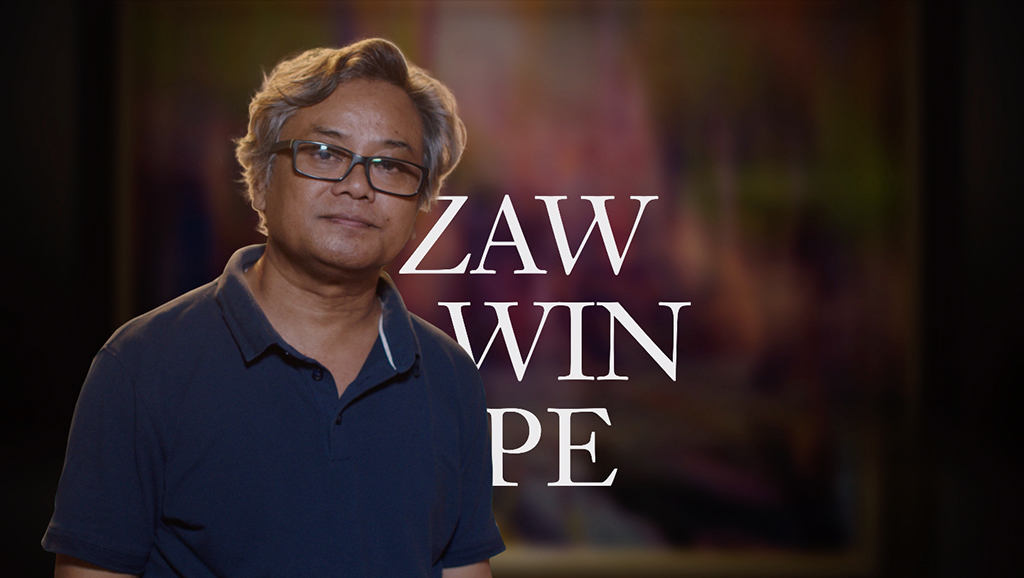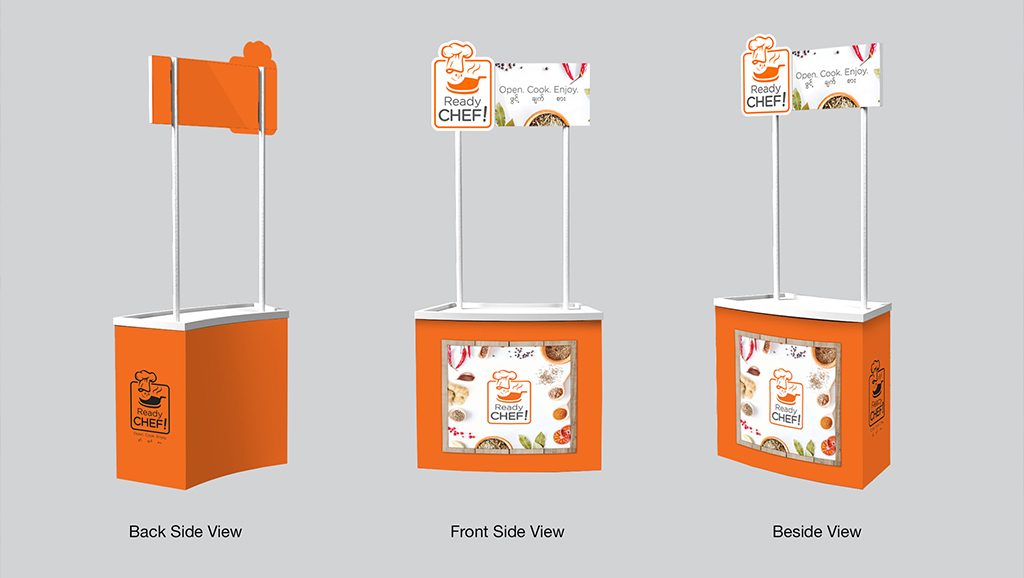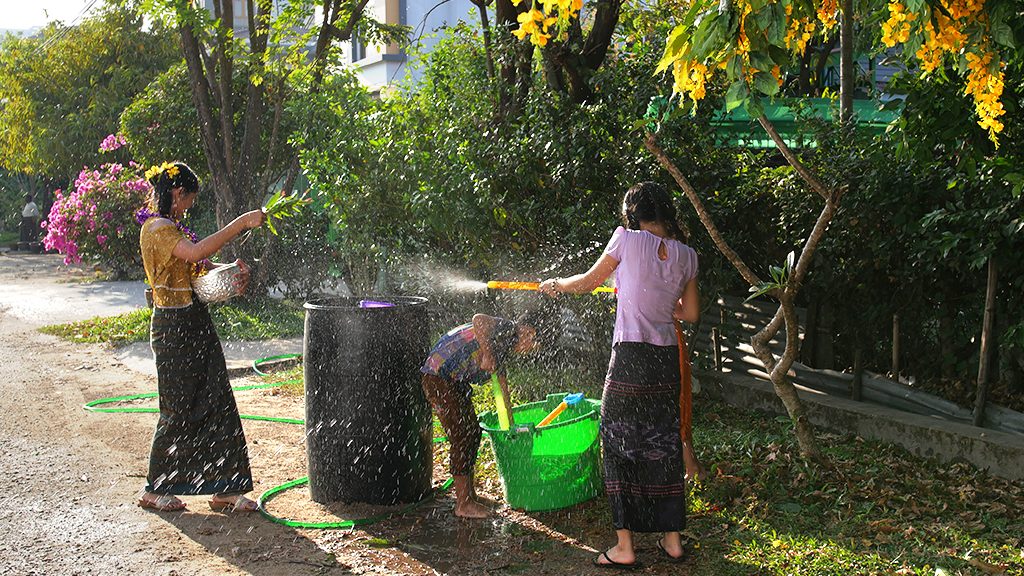
As competition gets fiercer and fiercer in Myanmar (both among local companies and with the increased presence of multinational corporations), local consumers have become impressively discerning. With more brands than ever vying for their attention, Myanmar people expect more than blanket regional advertisements to convince them of a product’s accolades.
In Myanmar, the key to engaging consumers and developing long-term relationships is creating custom branded content that they want to both consume and share. Here’s how to start.
Understanding your own brand
First and foremost, creating successful branded content requires an in-depth understanding of your own brand. Any good agency will help distill the core of your operating ethos into content-guiding principles. This will mean the development of content that is not only relevant, but particularly important for your brand, and your brand alone, to create.
It’s imperative for you to consider what makes your own brand unique, in other words what you bring to your market that none of your competitors do. Other important points to consider (among others) include the kind of relationship you hope to have with your consumers, the kind of voice your brand wants to speak with, and how to encourage user-generated content to complement the content your own brand develops.
An example of a brand with a great deal of self-understanding is Pillsbury. With a mission to share its 130-year history (and the knowledge that comes with that legacy) online, Pillsbury’s branded content focuses on becoming a resource for consumers. Quick text, video and photo recipes provide utility for consumers, with Pillsbury products font and center.
Knowing your audience
Second, standout branded content requires a comprehensive understanding of your audience. Content must be more than a traditional advertisement, and play into the social, cultural or economic environment of the target consumer. Brands should be aware of the their consumer’s aspirations, values, needs, and interests.
In others words, consider branded content development as if your brand wasn’t at the center of the medium because it shouldn’t be. Your first focus should be on creating an engaging piece your customer wants to engage with.
In contemporary marketing, news-hijacking has become a prominent strategy to insert brands into the fold as hot-button issues and cultural discussions take place. Without the correct insight or research however, these kinds of approaches can go spectacularly wrong.
Perhaps the least well-received ad in recent memory is Pepsi’s “Live for Now Moments Anthem” TVC featuring Kendall Jenner. While the brand’s leadership claimed the march depicted in the spot was a “rally for peace,” the ad hit a sore spot with its target audience of millennials, many of whom thought the commercial was in poor taste considering protest movements taking place across the U.S.
Avoiding clichés
With a culture unlike any other country in Southeast Asia, perhaps the biggest mistake multinational corporations make when coming to Myanmar is importing content from their other regional markets. Though branded content may serve Thai, Vietnamese, or Indian markets well, the same content is unlikely to mesh well with Myanmar consumers, and assuming so can often backfire.
Myanmar people are extraordinarily proud to call their culture, values, and home their own. Moreover, they expect brands to be just as proud to be in Myanmar with them. An investment in Myanmar-tailored branded content will help your brand stand out from the crowd, engaging a loyal consumer base through a commitment to an ever-dynamic Myanmar.






